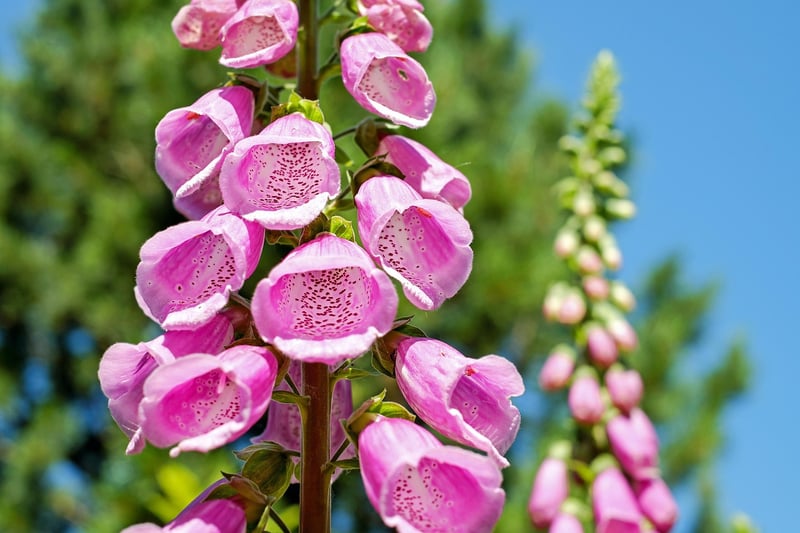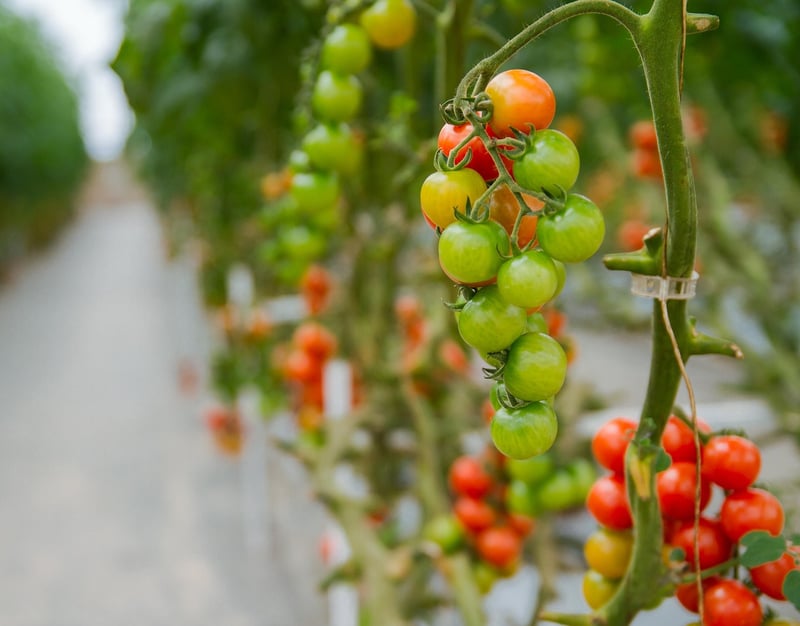Vertical Hydroponics
The Rise of Vertical Green Spaces and Vertical Hydroponics
Introduction
As urban areas become denser and green spaces scarcer, the concept of vertical green spaces and vertical hydroponics is gaining popularity. This innovative approach allows for the integration of nature into urban environments, promoting sustainability and improving the quality of life for city dwellers.
Vertical Green Spaces
Vertical green spaces involve the creation of gardens on vertical surfaces such as walls and facades. These green walls not only add a splash of color to urban landscapes but also offer a range of benefits including:
- Improving air quality by absorbing pollutants
- Reducing the urban heat island effect
- Providing habitat for birds and insects
- Enhancing aesthetics and creating a sense of well-being

Vertical Hydroponics
Vertical hydroponics is a method of growing plants in a soilless system where nutrients are delivered directly to the plant roots. This technique is particularly well-suited for vertical farming in urban settings, offering several advantages:
- Maximizing space utilization in crowded cities
- Conserving water by recirculating nutrient solutions
- Reducing the need for pesticides and herbicides
- Providing fresh produce locally and sustainably

Conclusion
Vertical green spaces and vertical hydroponics represent the future of urban agriculture and sustainable living. By integrating these innovative approaches into city planning and architecture, we can create healthier, greener, and more vibrant urban environments for generations to come.
Embrace the vertical green revolution and join the movement towards a more sustainable and eco-friendly future!
